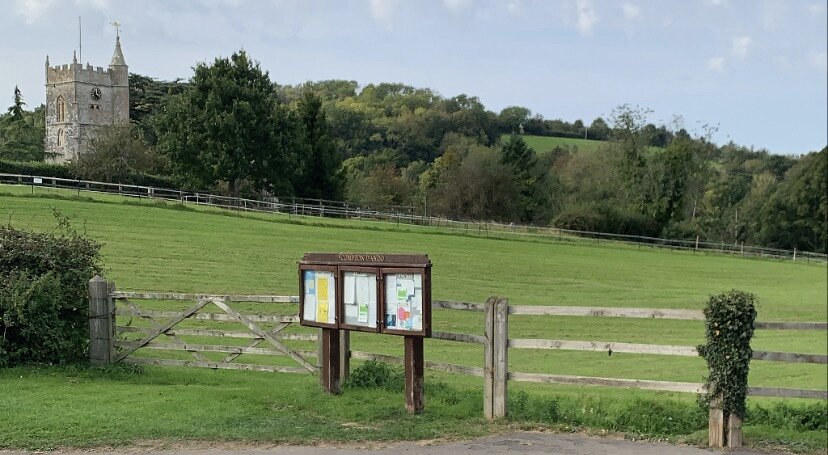How marketing consumption changes when you live rurally
My village notice board
Just over 2 years ago my husband and I left London to move to the countryside in Somerset. I’d loved living in London for such a long time but was ready for something different, and if your going to leave the UKs greatest city (debatable) then you might as well do one big change. Living in the countryside is a completely different way of life; in a previous life I was lucky enough to attend the Mumsnet conference where they spoke about how different mums associate themselves with certain elements of their childrearing situation over others, for example a mum of twins, or single parents etc. one of those elements was being a rural mums, and how the life of a rural mum is very different than that of a mum living in a town - there is no nipping out to the shops with a baby on your hip, every outing requires a fully packed baby bag and car.
The business I was working for at the time successfully, adopted thinking in our marketing strategy, by talking to those who live in rural areas about overnight stays, rather than day trips, as it stood to reason that leaving you rural sitting involved more planning than if you lived in a town.
Now, while this is all very interesting, even before I became a mum, living in a rural environment was still a part of my identity, and it has been interesting to see how living in the countryside (in the middle of nowhere) has effected my interactions with brands. Here are my top 5 findings.
Don’t underestimate solid local marketing
As a marketer who grew up looking after local attractions I have been known, on occasion, to pack up some posters in my car and drive village-to-village pinning posters to notice boards and lamp posts; now living in a village I walk past my local notice board every day, and I look at every day. I also look at my local pubs a-board every time I go past it, in fact it’s so effective that I ran inside it at the weekend when I saw it said New Menu on it at the weekend. So don’t underestimate this really staple part of your marketing mix, if you are trying to get your local audience to go somewhere, or interact with something this could be a great place to start
2. Purchases and actions are more considered
Where I live is about 15 minutes drive from the nearest shop; so my last minute ad-hoc buying has reduced significantly, as it’s always tempered with the fact that leaving my village is a chore - particularly with a young child in tow - so, if your a new to market brand that needs multiple brand touchpoints to create a purchase or your someone like a restaurant, who may traditionally rely on your exterior to bring people in - it’s highly unlikely I’ll leave my house without a plan of where I’m going. My solution on this is to work with clients to map a customer journey and think about where are the correct points for a brand to interact. No two brands are the same, and no two journey maps are either.
3. Rail and train station media has a place
I often commute to see clients, and living so remotely, the easiest way for me to do this is by train. This eliminates media such as radio, or TV hitting me during this ‘downtime’. But, when I’m staring out of my window at a station and avoiding eyes with my fellow commuters my eyes will often fall on railway out of home-media.
4. Community groups on social media can help grow your business
Living in remote areas there are often ‘community groups’ on social media. Essentially gossip groups for locals to question whether the newly appeared car in the area has been taxed (yes, this is a real example of my local group); but they are also a place where people want recommendations and are open to hearing from their ‘neighbours’.
If you live in a rural area, or you specifically are looking to target these areas consider getting in touch with the admin, or doing some clever targeting - this group could be a goldmine of customers.
5. Don’t make the mistake of thinking only retired people live rurally
Even my close friends are confused when they turn up at my house and see young professionals, young families, and early 40s around the village. There is a common misconception (not helped by traditional profiling tools like acorn and mosaic) that only older people live in the countryside. This just isn’t the case; of course there will be higher densities of younger groups in larger towns; but I feel sorry for the brand who keep sending me retirement housing information!
If you’re looking for some help in targeting local areas, get in touch and see how we can help!

